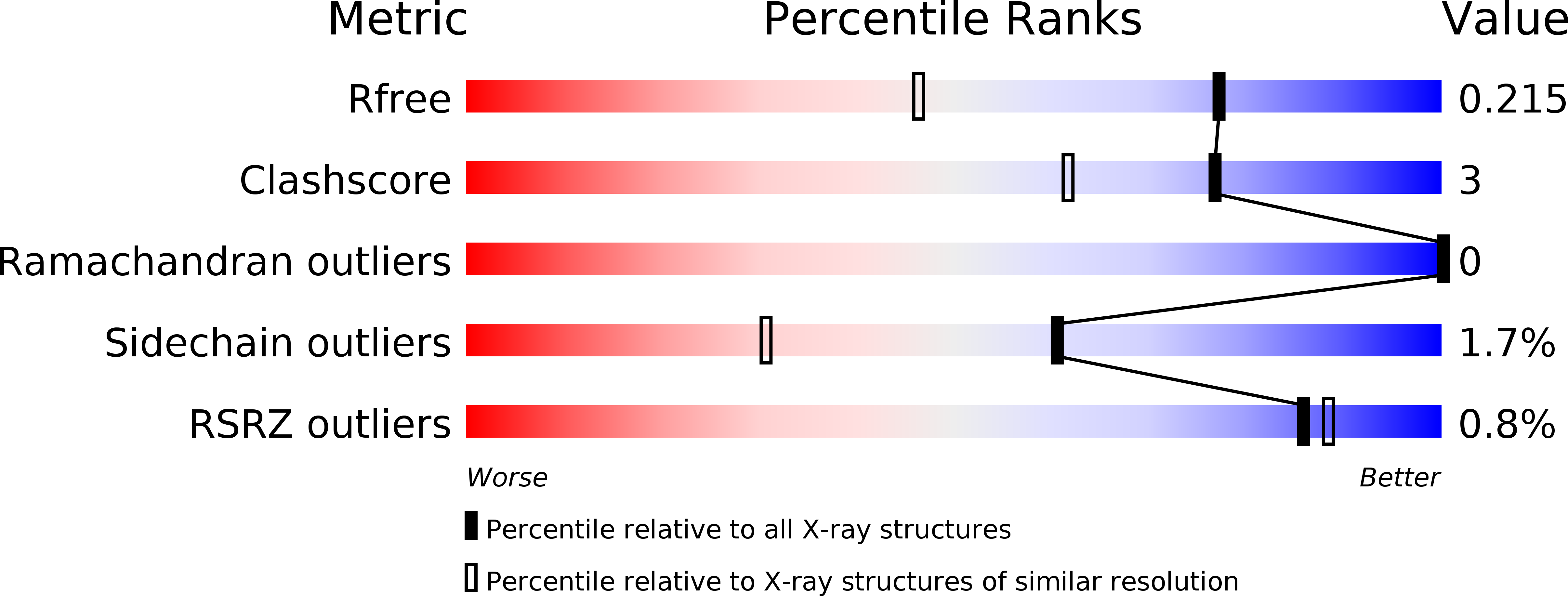
Deposition Date
2016-04-16
Release Date
2016-09-14
Last Version Date
2024-05-08
Entry Detail
PDB ID:
5JDD
Keywords:
Title:
Crystal structure of I9-I11 tandem from titin (P212121)
Biological Source:
Source Organism:
Homo sapiens (Taxon ID: 9606)
Host Organism:
Method Details:
Experimental Method:
Resolution:
1.53 Å
R-Value Free:
0.19
R-Value Work:
0.16
R-Value Observed:
0.16
Space Group:
P 21 21 21


